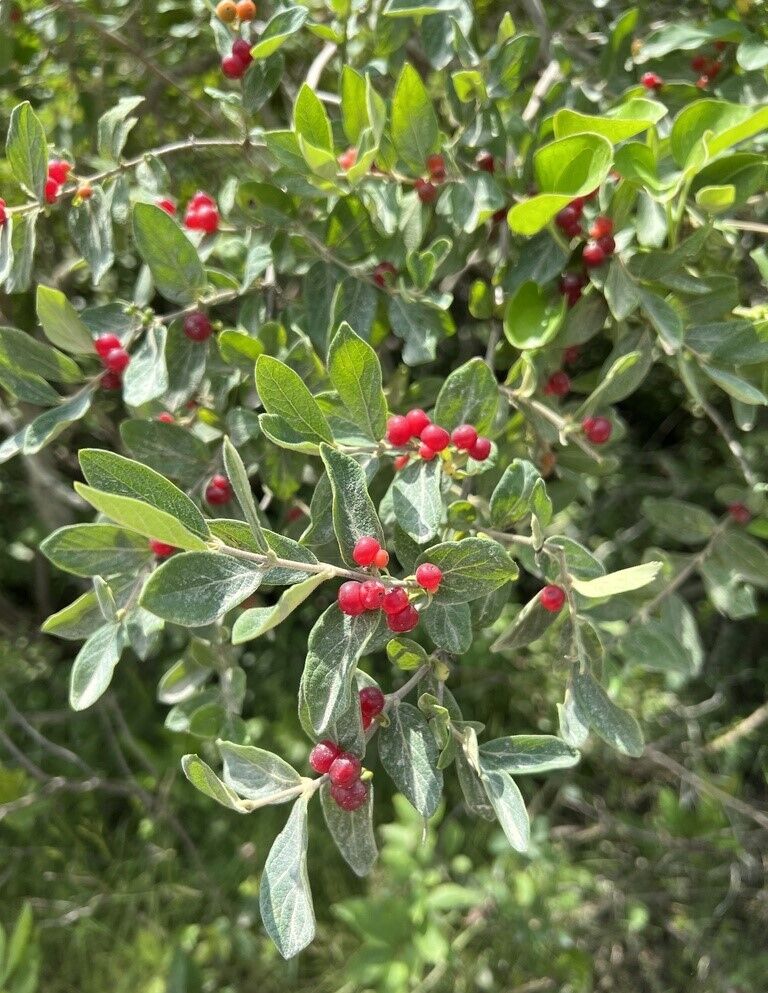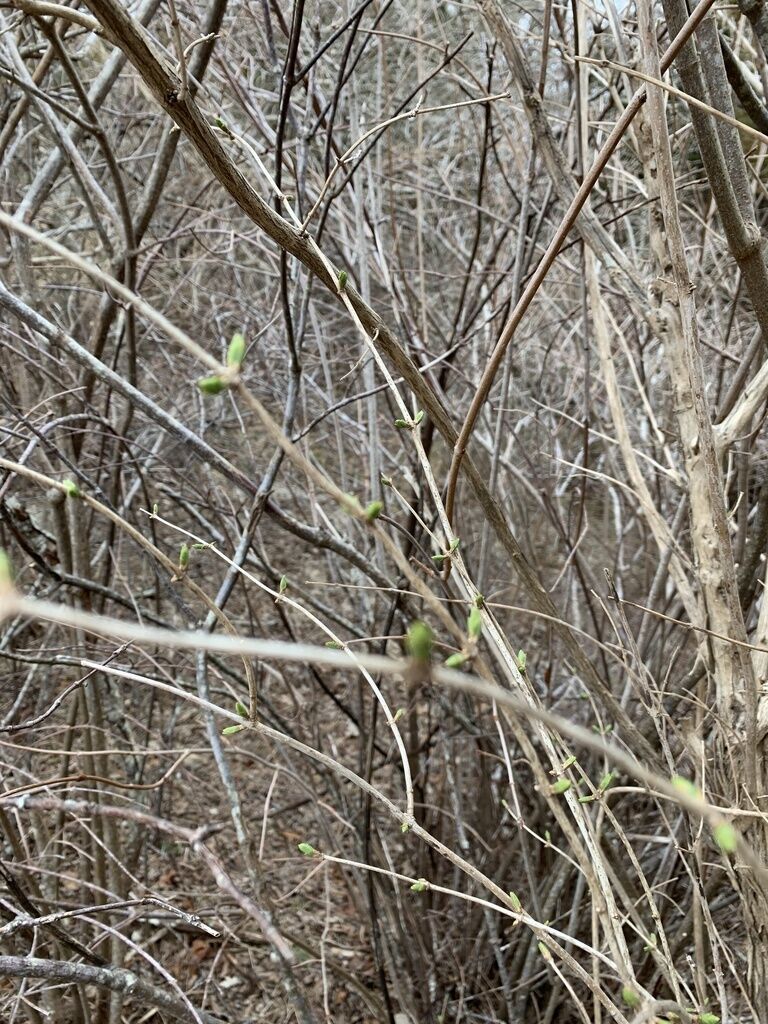Current Nature: Spring's False Start
Seth Engelbourg, Naturalist Educator and Program Manager at the Linda Loring Nature Foundation •
As spring steadily approaches, we will start to see more plants begin to leaf out. But if you look carefully into what is starting to green up, you may notice an alarming trend. Before the native plants have even started to awaken, many non-native invasive plants will be fully leafed out.

One striking example from Nantucket is honeysuckle. We have a few different species and hybrids here on-island, but they all leaf out in the early spring, several weeks before native shrubs. This can make them very easy to spot around this time of the year, if you see a shrub with green vegetation on it right now, it is probably a honeysuckle! In addition to their early spring leaf-out, honeysuckle vegetation persists long into the fall, giving them a comparative advantage over native plants at both ends of the season. Autumn Olive and Multiflora Rose are also problem invaders on-island that are associated with early leaf out.
During the summer, plants compete for sunlight, water, and other resources. However, if only you already have leaves, and other native plants are still in the form of sticks, then the competition for resources becomes nonexistent. This extended growing season plays a vital role in making a plant invasive. Many people recognize invasive plants for being large, aggressive, and/or allelopathic (biochemically toxic to the soil/other plants). In many cases, this is true, but the simple fact of having a longer phenological phase greatly helps non-native invasive plants outcompete their native counterparts.

If you want to learn more about invasive plants, you can check out the Nantucket Biodiversity Initiative’s Invasive Plant Species Committee. This dedicated group has worked for over 20 years to manage invasive plants and educate the public about their impacts on our island. Last week was also the National Invasive Species Awareness Week, a nationwide event raising awareness about the impacts of invasive species and highlighting ways to stop their spread. This event has historically occurred at the end of February/beginning of March, so mark your calendars for 2025!
It is important to note that not every plant that has an early leaf out is necessarily invasive. The Nantucket community celebrates each year the early return of snowdrops, crocuses, and daffodils, some of which have already been spotted in flower this year. Although none of these species are native, they are also not considered invasive; to be invasive, a species must cause harm to ecological, economic, and/or human health. These early-blooming flowers generally stay within their intended planting areas, and in the case of daffodils, they can even bring economic benefits to the island. At this time of the year, it is crucial to watch out for early-leafing invasive plants mentioned in this article, as they can be easily spotted and managed on your property right now.

Stay tuned for more editions of Current Nature, a bi-weekly column featuring seasonal topics, natural history information, and advice on the outdoors from the staff at the Linda Loring Nature Foundation.